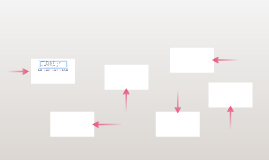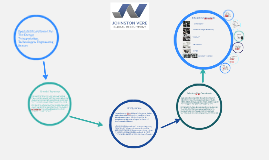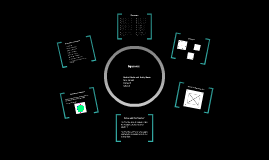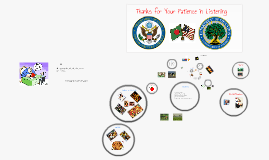SQUARES
Transcript: Properties of a Square Rachel Rode and Holly Bauer Mrs. Larson Period E 3/8/13 -If a quadrilateral is a rectangle, then its diagonals are congruent. -If a quadrilateral is a rhombus, then its diagonals are perpendicular. -If a quadrilateral is a rhombus, then its diagonals bisect opposite angles. -If the opposite sides of a quadrilateral are congruent, then it is a parallelogram. -If the opposite sides of a quadrilateral are parallel, then it is a parallelogram. -If the opposite angles of a quadrilateral are congruent, then it is a parallelogram. -If the consecutive angles of a quadrilateral are supplementary, then it is a parallelogram. -If a quadrilateral's diagonals bisect each other, then it is a parallelogram. -A square is defined as being a parallelogram with four congruent sides and four right angles. -It is a convex polygon. -Four right angles -Equilateral and equiangular -Diagonals bisect each other -Diagonals are congruent -Opposite sides are parallel -Opposite angles are congruent -Consecutive angles are supplementary -Has all properties of a parallelogram, rhombus, and rectangle Proof of Theorem 6-7 Definition of a Square Area and Perimeter Examples Theorems Squares -If a quadrilateral is a parallelogram, then its opposite sides are congruent. -If a quadrilateral is a parallelogram, then its opposite sides are parallel. -If a quadrilateral is a parallelogram, then its opposite angles are congruent. -If a quadrilateral is a parallelogram, then its consecutive angles are supplementary. -If a quadrilateral is a parallelogram, then its diagonals bisect each other. -If a quadrilateral is a rhombus, then all sides are congruent. -If a quadrilateral is a rhombus, then its diagonals are perpendicular. -If a quadrilateral is a rectangle, then it has at least one right angle. -To find the area of a square, take the measure of one side and square it. -To find the perimeter of a square, multiply the measurement of one side by four.

















